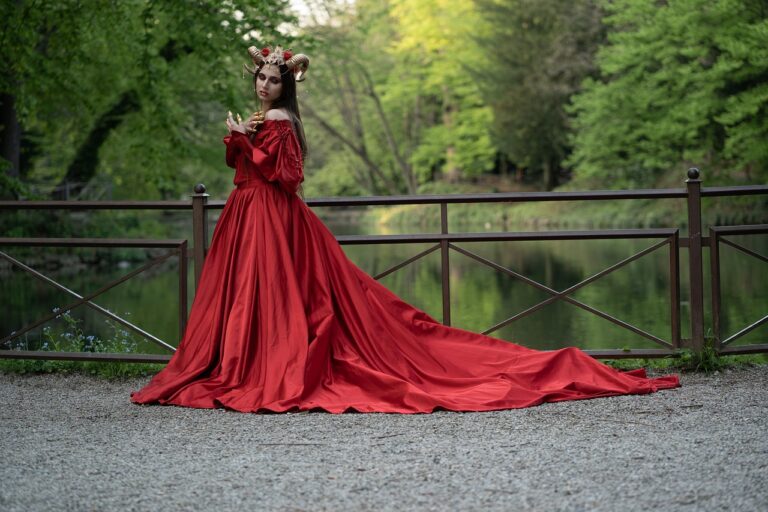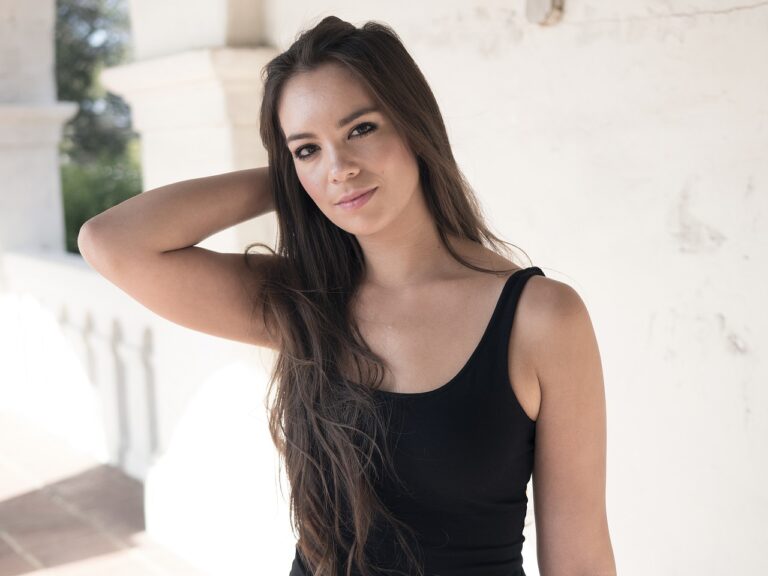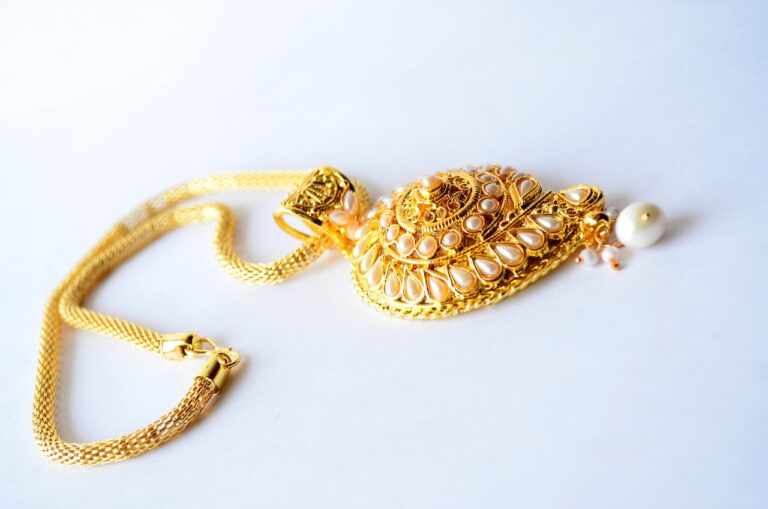The Evolution of Beauty Standards in Fashion: From the Victorian Era to the Present Day
During the Victorian era, beauty ideals underwent a significant shift towards a more refined and delicate aesthetic. Women were expected to epitomize the qualities of modesty, grace, and fragility. Pale skin, rosy cheeks, and a slender figure were considered the epitome of beauty, reflecting societal values of purity and innocence. Hair was styled in elaborate updos and adorned with intricate accessories, emphasizing femininity and elegance.
Furthermore, the Victorian era saw a rise in the popularity of corsets, which were worn to achieve the coveted hourglass figure. These tightly laced garments not only accentuated the waist but also enforced a proper posture, underscoring the importance of poise and grace in Victorian society. Beauty routines became more elaborate, with women using cosmetics to achieve the desired porcelain complexion and to enhance their features subtly. Overall, beauty ideals during the Victorian era were deeply intertwined with notions of femininity, virtue, and social status.
• Women were expected to epitomize qualities of modesty, grace, and fragility
• Pale skin, rosy cheeks, and a slender figure were considered beautiful
• Elaborate hair updos and accessories emphasized femininity and elegance
• Rise in popularity of corsets to achieve an hourglass figure
• Corsets also enforced proper posture, highlighting importance of poise
• Beauty routines became more elaborate with cosmetics for porcelain complexion
Impact of Industrialization on Fashion Trends
The rapid industrialization of the 19th century brought about significant changes in fashion trends. Mass production made clothing more accessible to the general population, leading to the democratization of style. With the introduction of sewing machines and mechanized production processes, garments could be produced faster and more affordably, setting the stage for the rise of ready-to-wear fashion.
As fashion became more democratized, a greater variety of styles and designs became available to individuals of different social classes. The availability of affordable clothing enabled people to experiment with their personal style and express themselves through fashion. This shift away from the exclusive, handcrafted garments of the past towards mass-produced clothing marked a turning point in the history of fashion, paving the way for the diverse and rapidly changing trends we see today.
Rise of Haute Couture in the 20th Century
Haute couture, or high fashion, emerged as a defining force in the 20th century, revolutionizing the way we perceive and consume clothing. Designers like Coco Chanel, Christian Dior, and Yves Saint Laurent paved the way for this luxurious and exclusive form of fashion, setting the precedent for individuality and craftsmanship in the industry.
With its emphasis on bespoke tailoring and intricate detailing, haute couture elevated fashion to an art form, offering a glimpse into the creativity and skill of designers. The lavish and extravagant designs showcased in couture shows captivated audiences and influenced mainstream fashion trends, solidifying the elite status of haute couture in the fashion world.
What were the beauty ideals in the Victorian Era?
In the Victorian Era, beauty ideals were characterized by modesty, femininity, and a natural look. Women were expected to have a small waist, long flowing hair, and a pale complexion.
How did industrialization impact fashion trends in the 20th century?
Industrialization led to the mass production of clothing, making fashion more accessible to the masses. This resulted in a wider variety of styles and trends becoming popular.
What is Haute Couture?
Haute Couture refers to high-end fashion that is custom-made for individual clients. It is known for its exquisite craftsmanship, luxurious fabrics, and attention to detail.
How did the rise of Haute Couture in the 20th century change the fashion industry?
The rise of Haute Couture in the 20th century elevated fashion to an art form and set new standards for creativity and craftsmanship in the industry. It also helped establish Paris as the fashion capital of the world.







